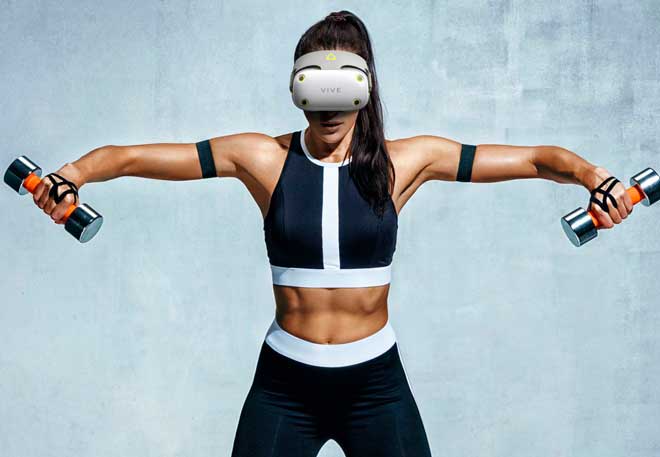Is the weather too bad for mountain biking? Welcome to virtual reality! However, fresh mountain air is still not enough. Virtual reality sports are a real trend. Turn on your computer, put on your glasses, and there's already a virtual table tennis table in your living room. Thanks to new tools, you can get a personal trainer at home. But how advanced is the technology? What kind of equipment do you need? And does virtual training pay off outside of the VR world as well?
So many sports are already available in VR: table tennis, martial arts, basketball, baseball, rowing, and various movement games. VR is used to practice specific skills in competitive sports, such as reaction ability in karate. In popular sports, it's more of a fitness and workout area.
Also, in VR, you can train your endurance. You can sit on a bicycle ergometer and wear virtual reality goggles. You'll feel like you're cycling not in your living room but Mallorca. And it makes training more exciting and varied. But riding a real bike in the mountains is a different experience. On a gravel road, you sometimes get a lot of shaking, and there may be a headwind. Some of the sensations can be simulated even without VR. Tilt, for example, can be affected by increasing pedaling resistance and, therefore, power. Sounds such as birdsong can also be simulated.
But it's worth noting that VR sports are undoubtedly helpful for those who don't have the opportunity to go to the gym. Of course, such a system can also help you lose weight or practice special skills. But that requires a good training program. It is not enough to buy VR glasses. But it is also important to remember the motivation. As a rule, when the user intensively learns the device during the first one or two weeks and wants to discover all the functions, his motivation wanes. Studies of specialists and professional athletes show: that VR sports can't replace actual workouts. They are just an additional tool.
And that's because the technology hasn't yet reached the level where you can get feedback.
Among other things, many people get dizzy when they are in virtual reality. When you ride a bike in real life, you have to keep your balance. On a bike simulator, you don't. Everything you usually do in addition can be simulated with some technical effort. Another thing is peripheral perception: when we play basketball, we notice if an opponent is trying to interfere with us - even if we're not looking at him. We don't yet know how much peripheral vision is involved and how important it is in sports. That's why it's tough to simulate it in virtual reality.
The elderly can play sports in VR, too. And it's fun for them: they can play sports like bowling or table tennis that they might not have played before. There are undoubtedly great benefits in the rehabilitation sector as well. Studies show that VR can help stroke patients move better again. However, it should not be used instead of but in addition to traditional treatments. And people who have problems working at a computer, for example, because of epilepsy or specific vision problems, should be careful.
Another important point. VR sports may not last as long as regular workouts. Although VR technology has gotten better and more accurate, you can still train for no more than 20 minutes a day.
But many people are enthusiastic about VR. So it is to be expected that the technology will get better and better over the next few years and become more widespread.

